Red Rooster Sedge Grass – Tips On Growing Red Rooster Leatherleaf Sedge
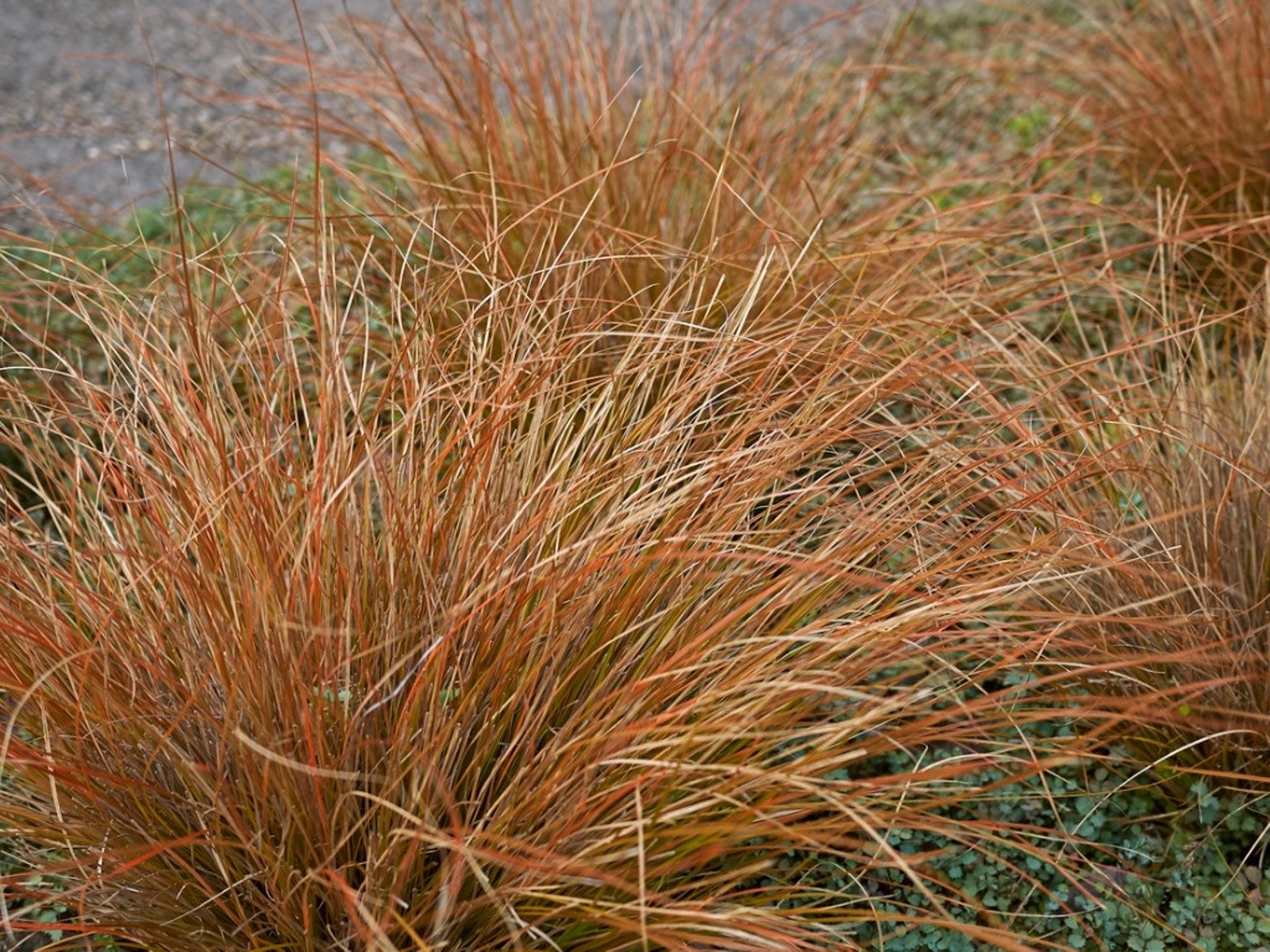

Sedge grasses are fine choices for adding a range of colors and textures to a garden. Red rooster sedge grass is one variety of Carex buchananii that provides a stunning copper red color. Native to New Zealand, this pretty grass does well in USDA zones 7 through 9 and provides year-round color and visual interest in these areas.
What is Red Rooster Leatherleaf Sedge?
Red rooster is a cultivar of the sedge species Carex buchananii. Also known as red rooster leatherleaf sedge, it comes from New Zealand where it grows in the mountains, forests, and even along rivers and beaches.
This is an easy grass to grow, which along with its unique color has made it a popular ornamental grass choice in many gardens. Red rooster sedge grass grows in clumps of tight leaves up to 24 inches (61 cm.) high.
What makes Red rooster really special is its color. Described by some as copper or others as bronze, what you’ll get is a reddish brown grass that is truly unique. The grass keeps its color all year long as well. Use this sedge grass in mass plantings, along borders, or even in containers. It looks best contrasted with green plants.
How to Grow Red Rooster Sedge
Red rooster sedge care is easy, another major attraction to choosing this grass for your garden. Choose a spot with full sun or only partial shade. The soil type is not important as long as it drains well. You should keep the soil slightly moist but tending toward dry. Normal rainfall is usually adequate for this grass.
The best time for red rooster sedge pruning is very early spring, before there is too much new growth. Other than this yearly trim your Red rooster sedge grass won’t need much maintenance or care from you. Just let it grow and under good conditions it should keep coming back every spring for several years.
Gardening tips, videos, info and more delivered right to your inbox!
Sign up for the Gardening Know How newsletter today and receive a free copy of our e-book "How to Grow Delicious Tomatoes".

Mary Ellen Ellis has been gardening for over 20 years. With degrees in Chemistry and Biology, Mary Ellen's specialties are flowers, native plants, and herbs.
-
 Looking For Plants To Give You The Soft And Fuzzies? Try These 5 Fuzzy Leaf Plant Options
Looking For Plants To Give You The Soft And Fuzzies? Try These 5 Fuzzy Leaf Plant OptionsLovers of texture, drama, silver foliage and tactile plants will adore these special sensory garden additions. These fuzzy leaf plant options will leave you all aglow
By Susan Albert
-
 Get Ready For A Summer Of Hummers! Grow These Full Sun Hummingbird Plants and Flowers
Get Ready For A Summer Of Hummers! Grow These Full Sun Hummingbird Plants and FlowersIf you’re lucky enough to enjoy a sunny backyard, make sure you are maxing out on your pollinator opportunities and grow these full sun hummingbird plants and flowers
By Tonya Barnett
-
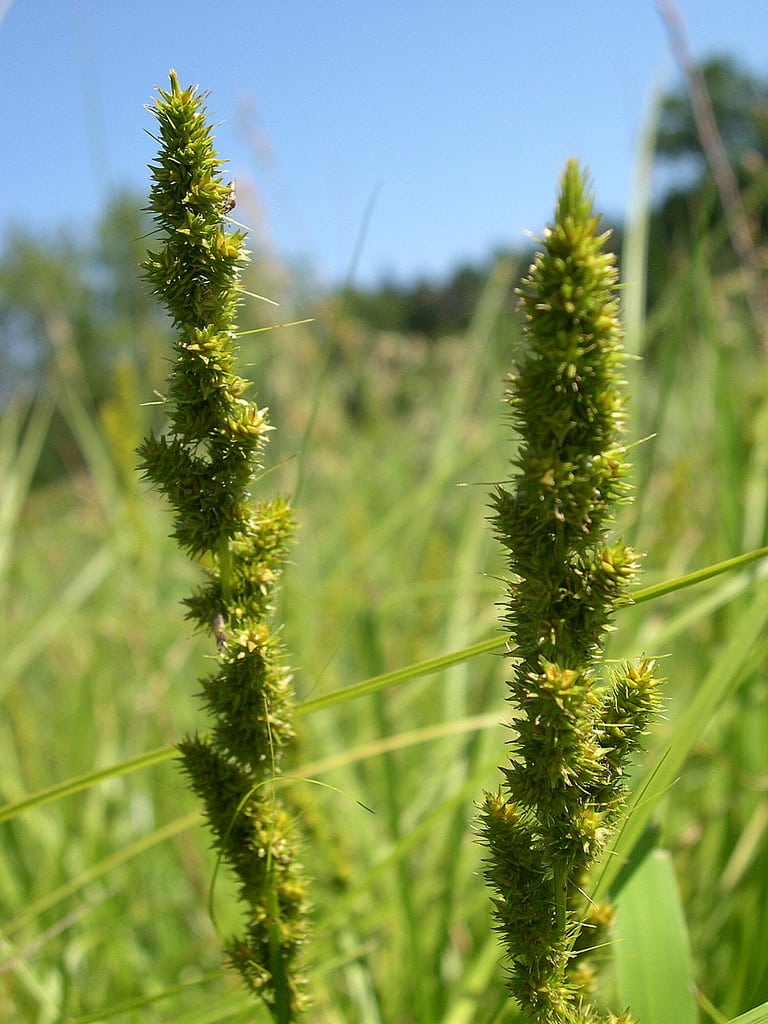 Fox Sedge Information: Should You Be Growing Fox Sedge In Gardens
Fox Sedge Information: Should You Be Growing Fox Sedge In GardensFox sedge plants are grasses that form tall, grassy clumps with flowers and distinctive seedpods that make them ornamental. If you are thinking of planting an easy-maintenance perennial grass, you’ll want to consider growing fox sedge. This article will help.
By Teo Spengler
-
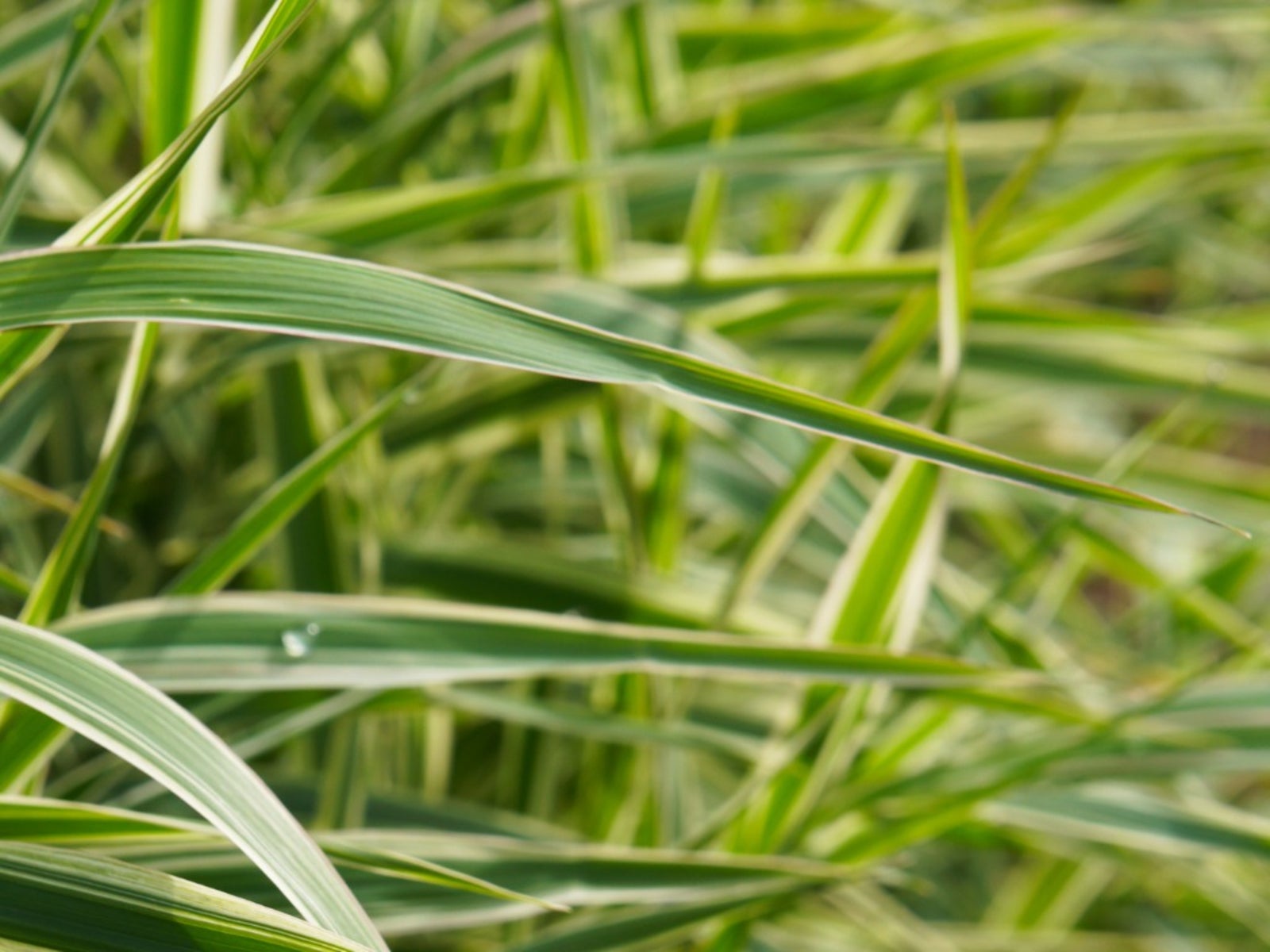 What Is Japanese Sedge : How To Grow Japanese Sedge Plants
What Is Japanese Sedge : How To Grow Japanese Sedge PlantsJapanese sedge plants are low-growing, clumping plants, with a tidy habit and tolerance to both bright and semi-shady locations. For versatile beauty, try growing Japanese sedge as a border, groundcover or accent plant.
By Bonnie L. Grant
-
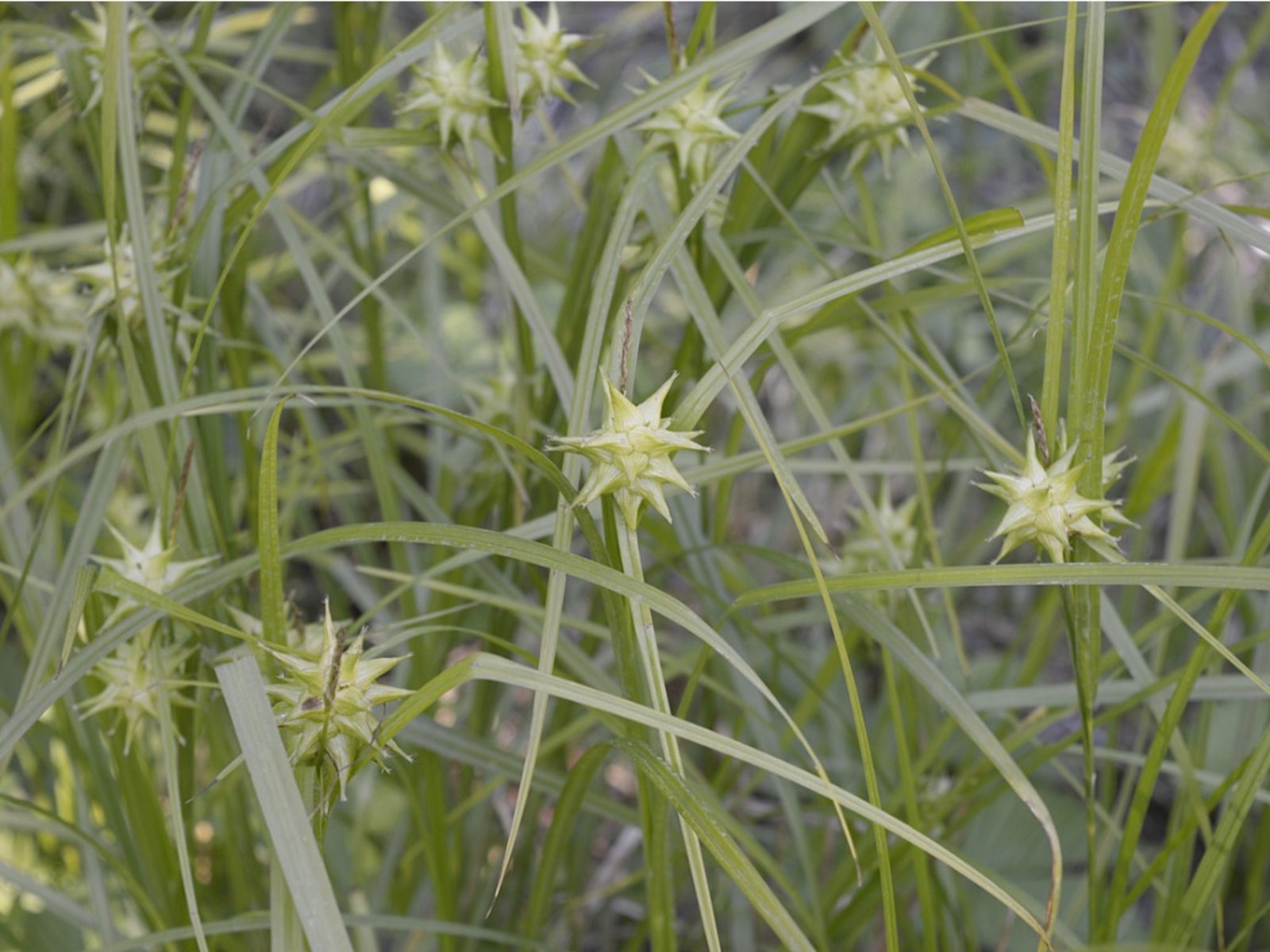 Gray's Sedge Information : How To Grow Gray's Sedge Plants
Gray's Sedge Information : How To Grow Gray's Sedge PlantsGray's sedge care is minimal and as a landscape plant it is outstanding near a pond or water feature. Click on the following article for some more Gray's sedge information to see if this plant is right for your garden. Learn more here.
By Bonnie L. Grant
-
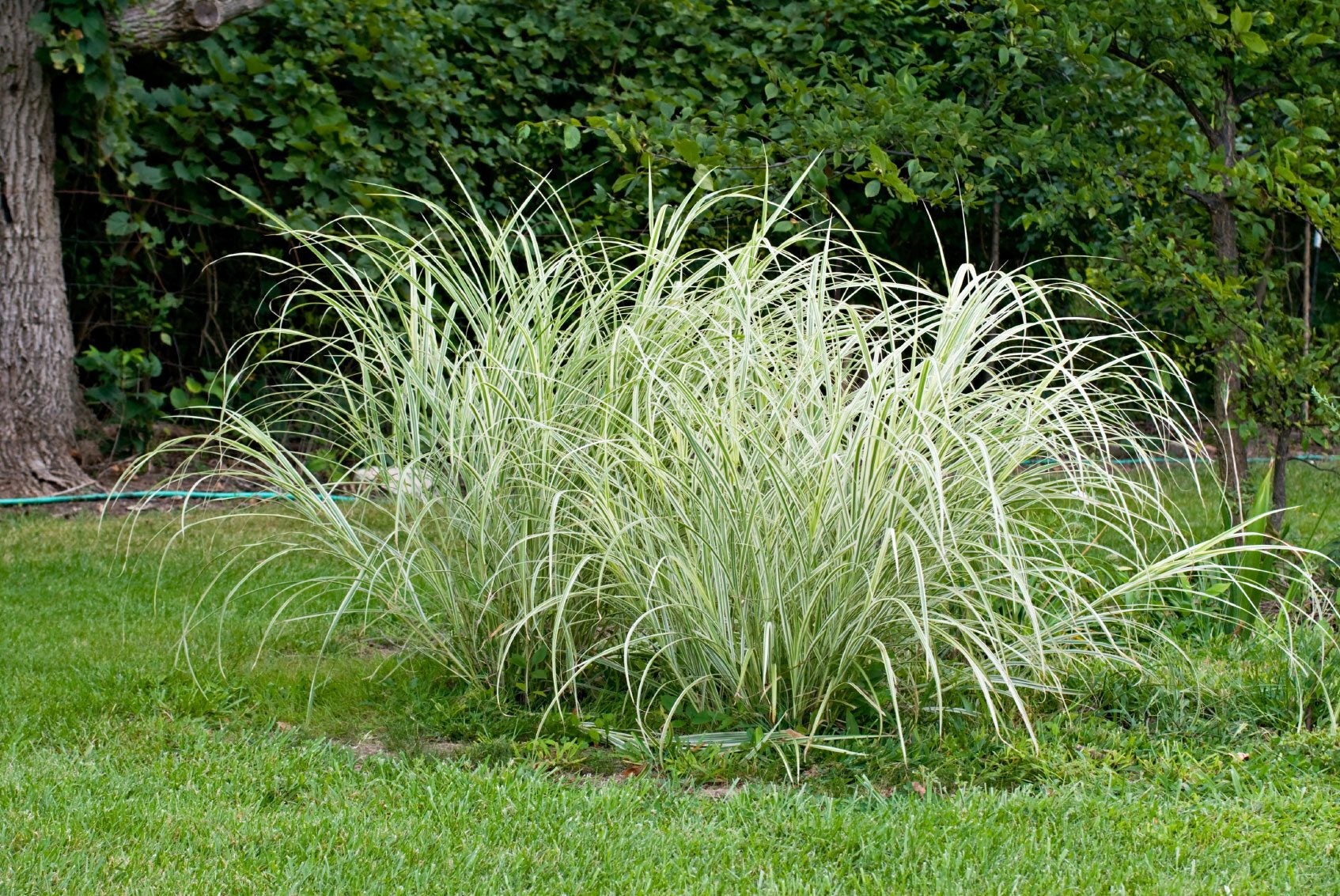 Growing Sedge Plants: Cultivating Different Types Of Sedge
Growing Sedge Plants: Cultivating Different Types Of SedgeSedge plants are drought tolerant, easy to grow and practically maintenance free. They will also bring texture and movement to any area of the landscape. Learn more about the types of sedge and how to grow them in this article.
By Bonnie L. Grant